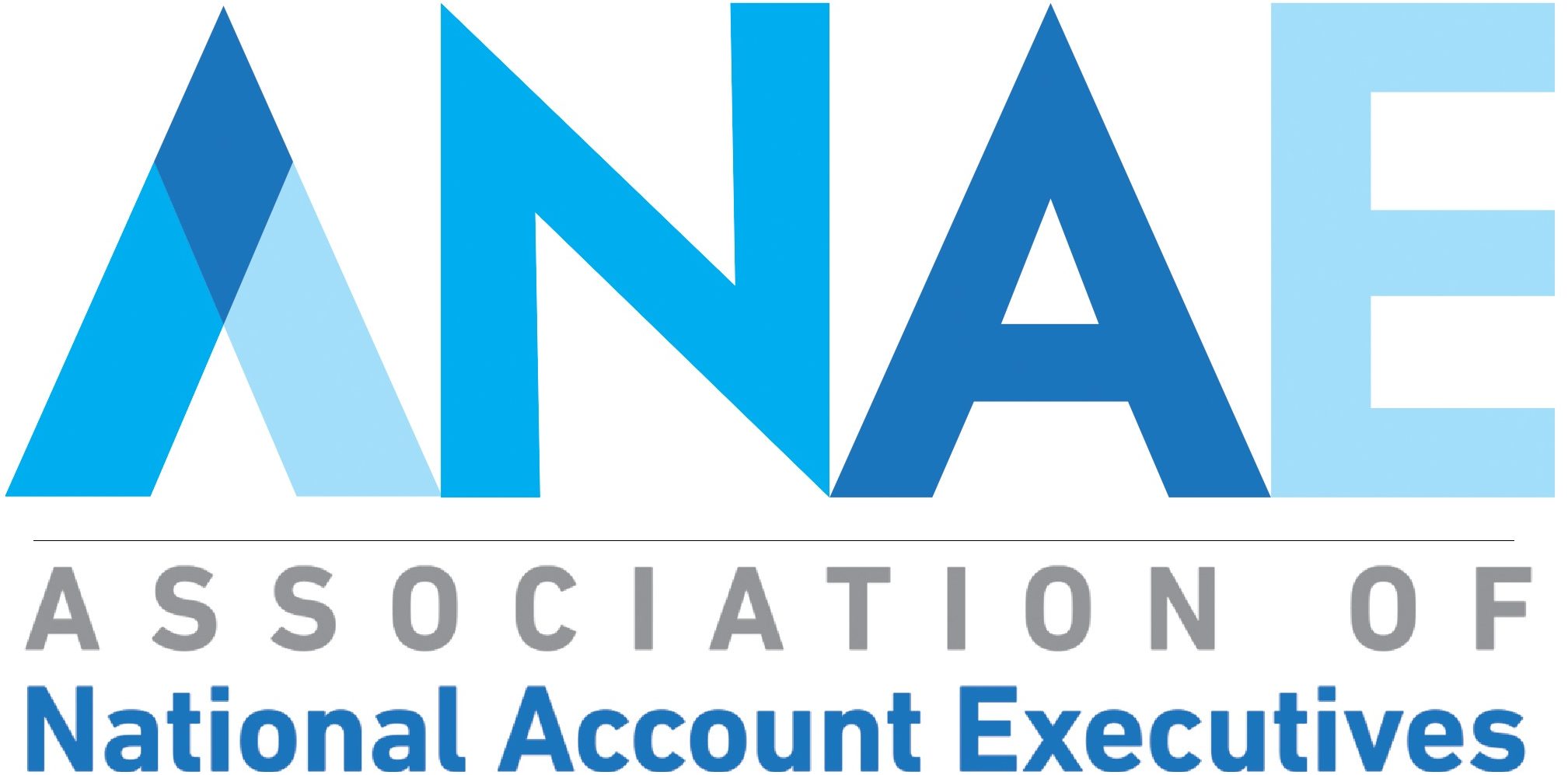Share Moving Media recently conducted a webinar on the 2014 Ebola outbreak with Dr. James Lange, PhD, CIP, from the CDC, and two representatives from Baylor Scott & White Health. During the webinar, they discussed the ongoing efforts to contain and diffuse the situation, as well as what those in the industry can do to assist with those efforts and to be adequately prepared for any similar scenarios.
Outbreak Overview
Ebola hemorrhagic fever and its sister, the Marburg virus, are both classified as Bio-safety Level 4 viruses. Dr. Lange provided a brief overview of the discovery of the virus, the current outbreak, Ebola’s signs and symptoms, how it functions at a biological level, and what makes it so deadly. He spoke about the potential treatments that are in development to help treat Ebola, and spoke to some of the fears about a potential outbreak in the U.S by emphasizing the difficulty of transmitting the virus from person to person.
For more information about the Ebola virus and for updated CDC guidance and recommendations, visit the CDC website at http://www.cdc.gov/vhf/ebola/.
Provider Preparedness
Walter Cassity, VP of environmental safety, and Bill Sutker, MD, infectious disease physician, both from Baylor Scott & White Health, spoke about what hospitals and health systems, specifically Baylor Scott & White, do to plan for and combat threats like the Ebola virus.
“We take an all hazards approach to our disaster planning and emergency preparedness program. So, basically we look at anything that could cause a [show_to accesslevel=’members’ no_access=’Members, login here to read more/access webinar recording or Join ANAE‘]disruption in our ability to provide patient care – be it an outbreak, a supply chain disruption, EHR downtime – we include in our planning purposes,” says Cassity. Baylor Scott & White uses an “all-hazards approach” that comprises four phases: Mitigation, Preparedness, Response, and Recovery. “We try and have all the hazards [including Ebola] under one approach so we don’t have anything on the outlying fringes of what we’re trying to prepare for.”
“Staff education is key on this. We’ve already began to put together information to get out to our staff because there’s always some concern when something new comes into the facility. In the case of Ebola… everyone’s watching CNN and seeing folks in Class A suites and Class B suites with air tanks on and respirators on. And our stage in the hospital isn’t quite that. We have to help our staff understand that… they are doing a different role; [the people shown on TV in the biohazard suites] are not providing patient care, they’re doing decontamination and providing other functions that require a much higher level of personal protective equipment.
“That type of information is what is key to get out in a proactive manner so that we don’t have panic and we don’t have over-concern within our facilities,” said Cassity.
Dr. Sutker echoed that sentiment. “I think the most important part is communication and education. We have to educate our physicians, we have to educate our staff and decrease the ‘fear-factor’ and give them the practical points,” said Sutker. “We have put a lot of things in place. We are using our experience with the other illnesses [H1N1, MRSA, Avian Flu, etc] and trying to just expand on that as new information becomes available from the CDC.”
What Providers’ Industry Partners Can Do to Help
Cassity said that one of the challenges providers face is finding the balance between not having a wasteful stockpile of protective equipment on-hand, while making sure suppliers can get the needed supplies delivered in a timely fashion during this type of event. Sutker reiterated that it is important to ensure that everyone in the industry remain up-to-date on the information and the resources that can be shared, if necessary. “I really think it’s an all-out community effort to make sure that we are providing all the information we need to the public,” said Sutker.
What Provider Organizations’ Leadership Can Do
Sutker went on to explain that the leadership at the nation’s hospitals and systems need be aware of the basic facts and the availability of resources. He said that it is crucial to have leadership actively involved in prevention efforts and willing to expend resources and time to mobilize and engage each of the various components – clinicians, human resources, the communication department, etc.
Cassity said that currently, Baylor Scott & White is going system-wide with the “Mitigation” strategy its leaders devised. “We’re communicating to our employees and to our physicians. We won’t really communicate to the patients until we have cases like [Ebola in Texas]… There’s a very fine line between under-communicating to your patents and over-communicating, but it is important to keep them in that loop,” said Cassity.
Both Sutker and Cassity heavily advocated staying abreast of current of CDC recommendations and guidance and following CDC procedures. Cassity said, “The mitigation and preparedness, although that’s not what everyone sees – is where we need to really put the primary goal.”
Dr. Lange agreed. “What we have to do is to tell folks, ‘We understand your level of concern and even your level of panic,’ and try to get across to them that we do have the resources, knowledge, and capability to deal with emergencies such as this one,” said Lange. “We know how to stop this epidemic, but we have to apply the proper amounts of resources in the epidemic zone to get that done. We’re going to get it stopped.”

I agree with this article. EVD can and should be stopped in its tracks. I was honored to meet Dr James Lange in Liberia. Thanks to his discovery of the virus, we now know more about it.